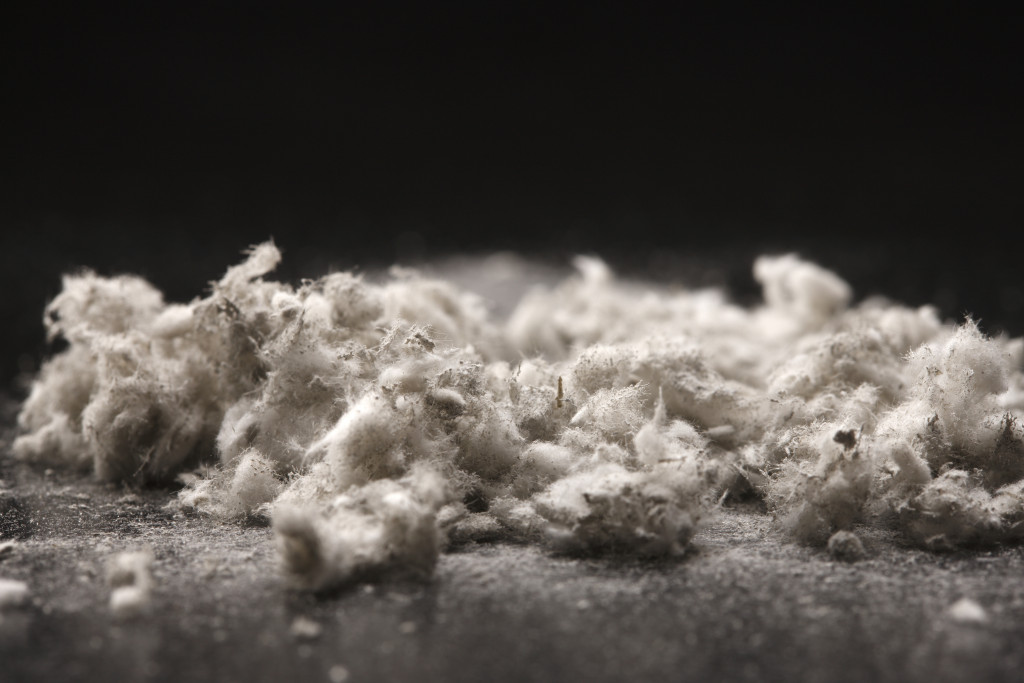Disclaimer: This website provides health information for educational purposes only and is not a substitute for professional medical advice, diagnosis, or treatment. Always seek the guidance of a qualified healthcare provider with any questions you may have.
- Asbestos, a harmful mineral, was widely used in construction before being banned in the U.S. in 1989.
- Many office buildings contain asbestos which, if airborne, can cause severe health problems.
- Asbestos can contaminate air ducts, water supply, flooring, ceiling tiles, and insulation, necessitating inspection and abatement.
- Legal liabilities can arise from breaching OSHA regulations on asbestos exposure in the workplace.
- Dealing with asbestos involves professional inspection, abatement, encapsulation, and regular maintenance to ensure a safe work environment.
Asbestos is a naturally occurring mineral widely used in construction materials until it was entirely banned in the United States in 1989. The U.K. banned it much later in 1999uch earlier in 1995. It was popular because of its durability, fire-retardant attributes, and insulating properties. However, we now know that it poses a significant risk to human health, and exposure can lead to severe respiratory problems such as mesothelioma, lung cancer, and asbestosis.
If your office building was constructed before 1989, asbestos-containing materials were likely used in its construction. Here’s what you need to know about asbestos, how it can affect your office and ways you can deal with it.
A Look Into Asbestos
The discovery of asbestos dates back to the ancient Greeks, but it wasn’t until the Industrial Revolution that its use began. It was used in multiple industries, including construction, insulation, etc. While it is no longer legal or common practice to use asbestos due to safety concerns, an estimated 35 million homes and buildings in the U.S. still contain asbestos-containing materials.
How Asbestos Can Affect Your Office
Asbestos can be a serious health hazard if it becomes airborne and is inhaled. Here’s how it can affect your office:

1. Asbestos in Your Air Ducts
Indoor air pollution is a common problem in many office buildings. Air ducts are prone to collecting dust, dirt, and allergens. Still, when asbestos is present in the insulation material of your building, it can become airborne and circulate in your office’s air supply. The inhalation of these fibers can lead to severe health effects and long-term illness. Consider hiring an experienced air hygiene specialist to check your ventilation system and air ducts for asbestos. They can help you identify and remedy issues with asbestos and even offer renovation options.
2. Contaminated Water Supply
Asbestos has also been found in water systems and pipes. The fibers can leach into the water supply and pose a risk to anyone using the contaminated water. It is essential to have your water system tested if you suspect your office building has asbestos-containing pipes.
3. Asbestos in Flooring And Ceiling Tiles
Asbestos can be found in some flooring materials, including vinyl and linoleum tiles. It can also be hidden in the ceiling tiles of your office building. When these materials are disturbed, the fibers can become airborne and pose a risk to anyone working in the office.
4. Asbestos in Insulation
Asbestos-containing insulation can be found in various forms, including pipe wrapping, duct insulation, and sprayed or blown insulation. Damaged insulation can cause asbestos fibers to be released and contaminate the air supply in your office. If you’re planning to renovate or make repairs to your office building, it is crucial to have an asbestos inspection performed beforehand.
5. Legal Liability
The Occupational Safety and Health Administration (OSHA) has strict regulations regarding asbestos exposure in the workplace. If your office building has asbestos-containing materials, following the guidelines set forth by OSHA is essential. Failure to do so can lead to significant fines, lawsuits, and legal liabilities.
Dealing With Asbestos
There are various ways you can deal with asbestos. Here are four ways:
Professional Asbestos Inspection
The first step to dealing with asbestos is to have your office building professionally inspected. Asbestos-containing materials are not always apparent to the naked eye, and specialized equipment is often needed to detect them accurately. An asbestos inspection can help identify any areas of concern and determine the best course of action.

Asbestos Abatement
If asbestos is found in your building, professional asbestos abatement may be the next step. Asbestos abatement involves safely removing asbestos-containing materials and properly disposing them according to environmental regulations. Trained professionals must complete this process to ensure the safety of everyone in the building.
Asbestos Encapsulation
In some cases, removing asbestos may not be the best option. Asbestos encapsulation involves sealing the asbestos-containing materials to prevent the fibers from becoming airborne. This process can be less intrusive and more cost-effective than complete asbestos removal but should be carried out by a professional to ensure its effectiveness.
Regular Maintenance and Monitoring
Once the asbestos has been dealt with, regular maintenance and monitoring of your office building are vital to ensure the asbestos does not pose a threat in the future. This could involve regular inspections of the building and air quality testing to ensure the safety of your employees.
Understanding and managing the presence of asbestos in your office building is crucial for ensuring a safe and healthy work environment. While dealing with asbestos can be complex and challenging, mitigating the associated health risks and legal liabilities is necessary. By taking proactive measures, you can protect your employees and secure the longevity of your building. Remember, prioritizing the health and safety of your office environment is not only a legal obligation but also a moral one. Therefore, it warrants your immediate attention and action.

